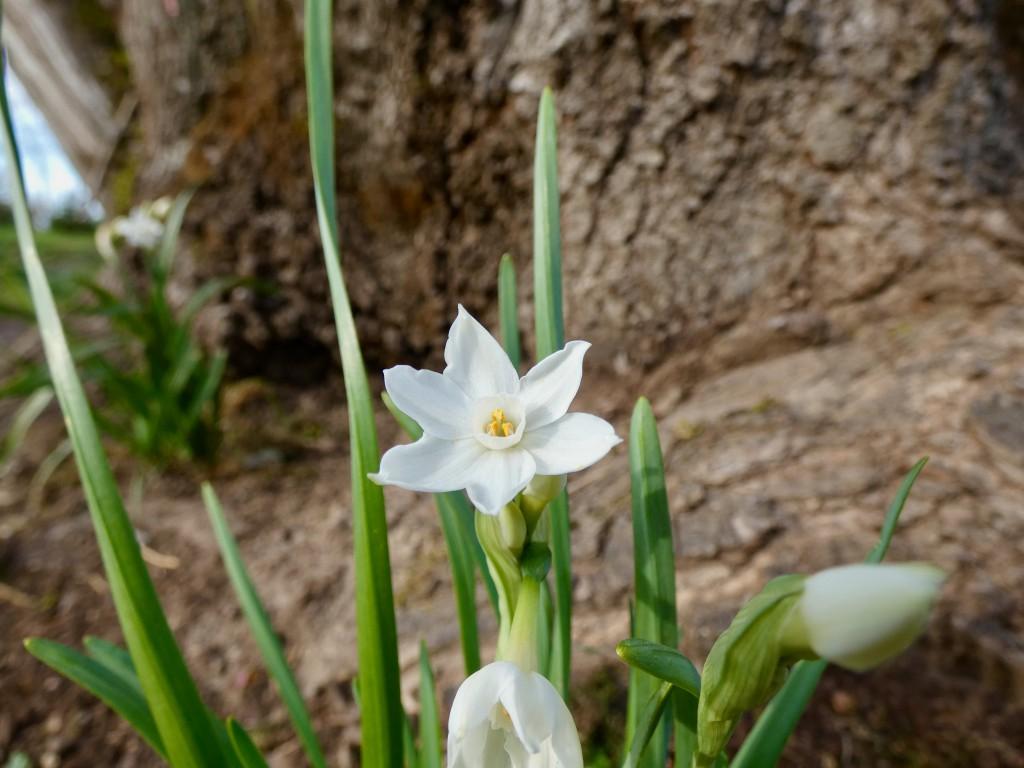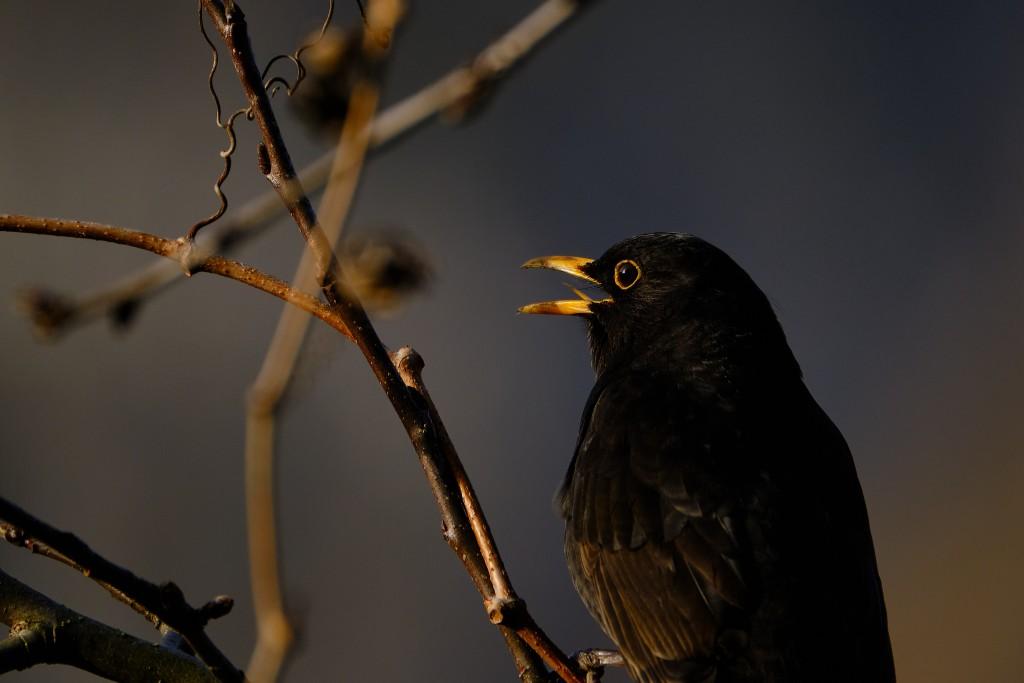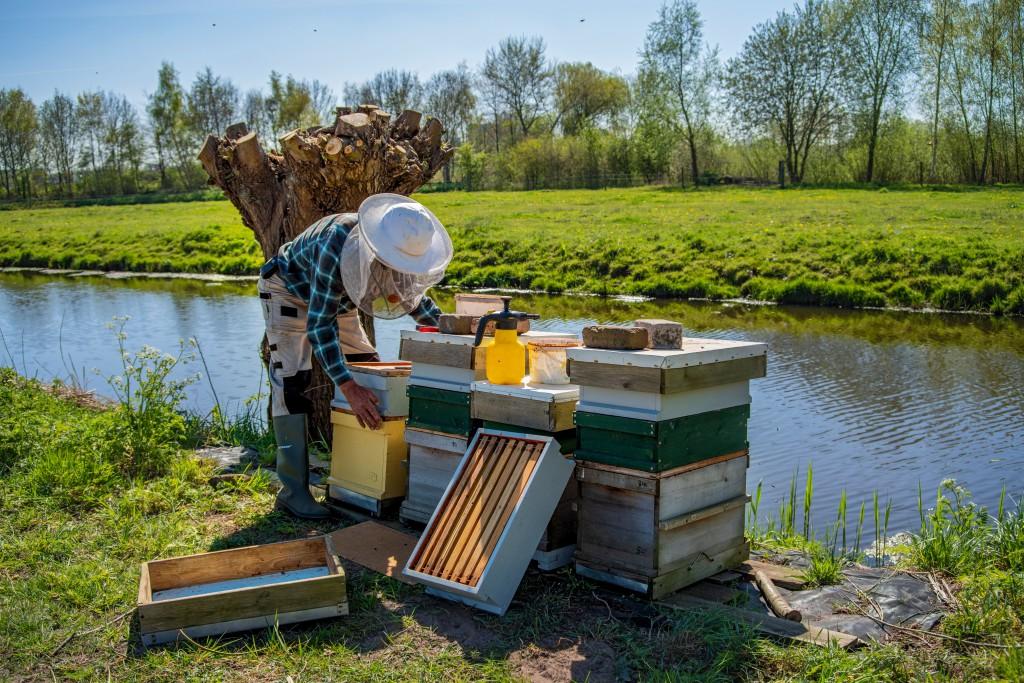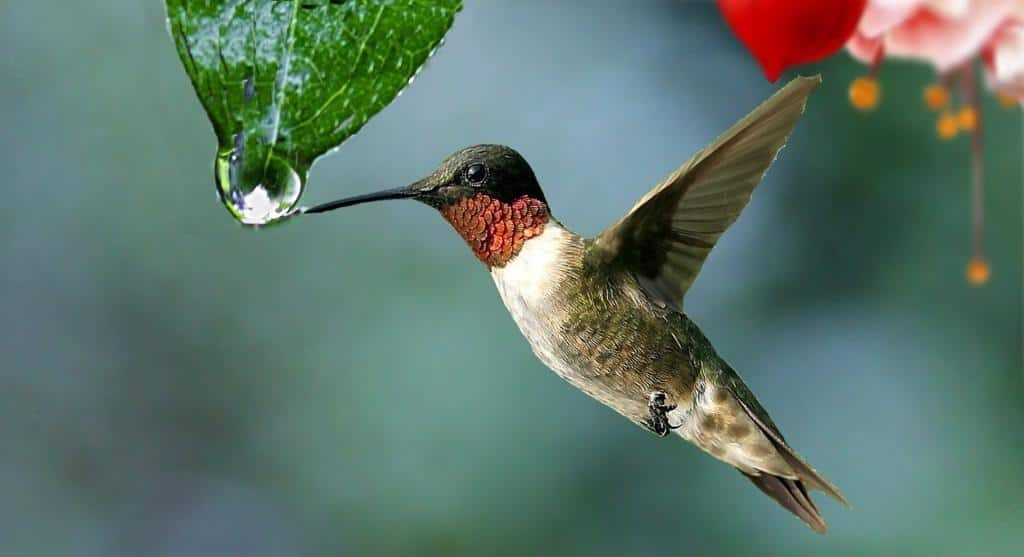And the trees.
Slow down! What’s around you?
Take a beat to explore your surroundings. There’s always something to learn about the local plants and animals in places you travel. Different trees, plants, birds and bugs don’t have to be a background perk.
Fauna
Hit the bricks! Sip a latte under—wait, what’s that tree? Check it out with PlantNet, available free on iOs and Android. Shoot a photo of a patch of bark, a flower, or a leaf for a quick ID.
My new home of Berlin, for example, has 430,358 street trees, as of 2020. How do I know? There’s a registry, of course, because it’s Germany. I use PlantNet to get to know my new arboreal neighbours.
The app works for the for the smaller stuff, too. At the beginning of spring, I enjoyed identifying sidewalk narcissus and hyacinths; new-to-me, given my former winterless New Orleans and Malta homes.

From a blossom in the pavement to an orchid in a shop, this free app can help you identify a plant that’s currently known or a rare specimen in the region.
TIP: Being a good citizen scientist boosts the database. This makes plant identification easier, and helps scientists spot new, rare or endangered species.

Birds
That annoying bird that starts singing at 4 am outside your hotel room? Knowing the type of bird won’t make it stop, but it might turn a rude wake-up call into a unique travel experience. With the free BirdNET app, you can record birdsong and identify the perpetrator. The avian alarm clock won’t change, but at least you can put a name to a beak.
TIP: With BirdNET, you can save your recordings to begin a lifelong history of travel through birdsong.

Bees
Round out your sensory nature tour with taste. Every region of hives has its own terroire, like wine. Skip that plastic bear for a local honey tasting.
TIP: Not that dedicated to nature? Pop by a beekeeper’s stall at the local farmer’s market.
Stay mindful
Even a stroll around the block can offer up new-to-you nature. Not sure where to start? Follow Urbanature’s easy tips for a Neighbourhood Nature Walk.









